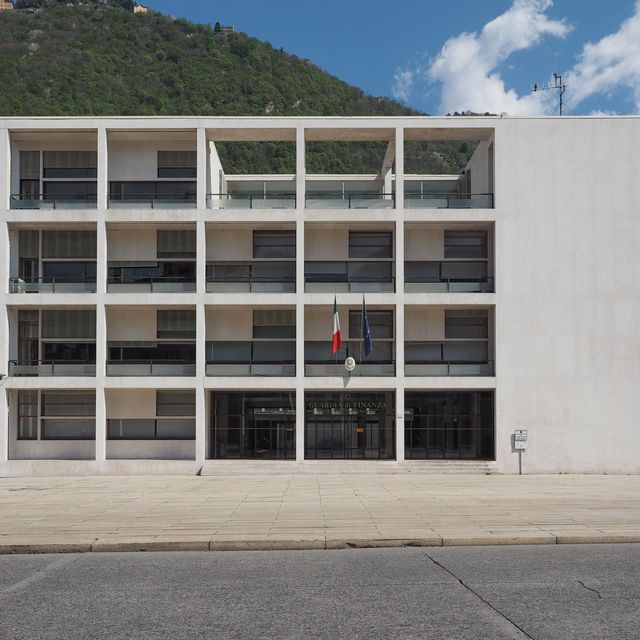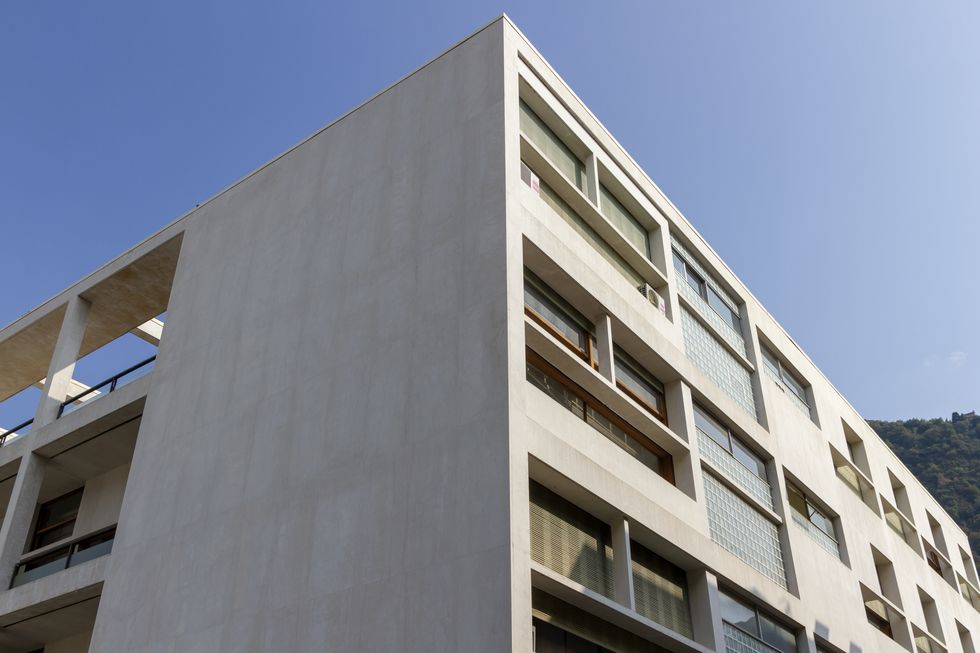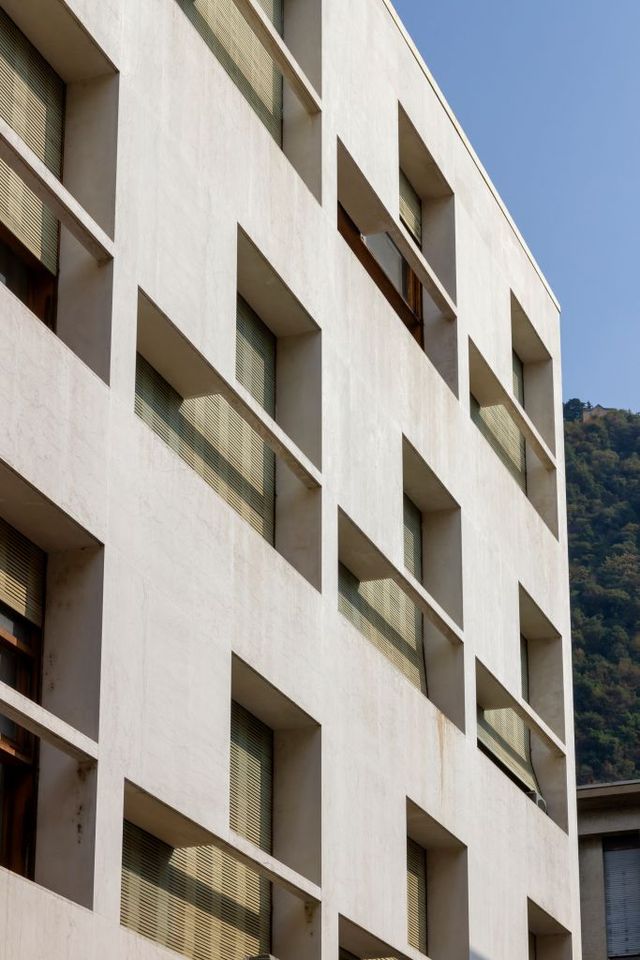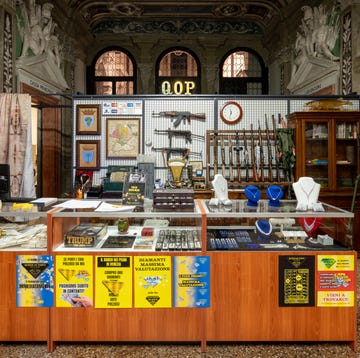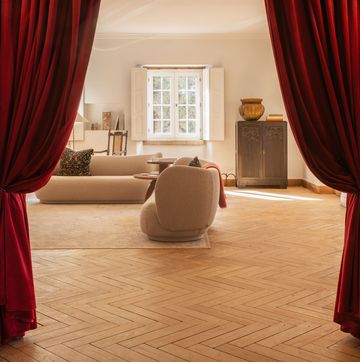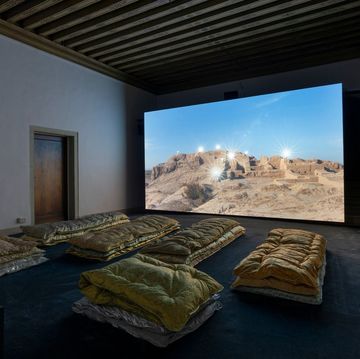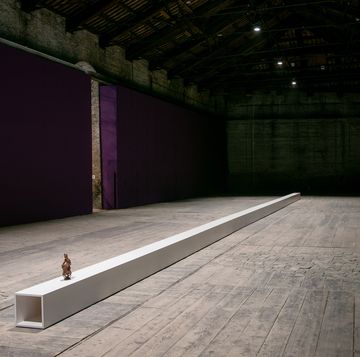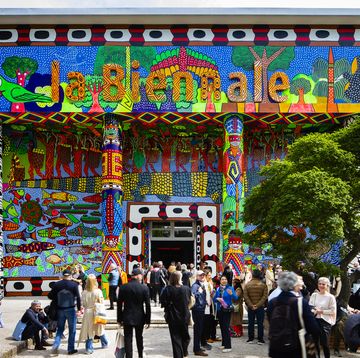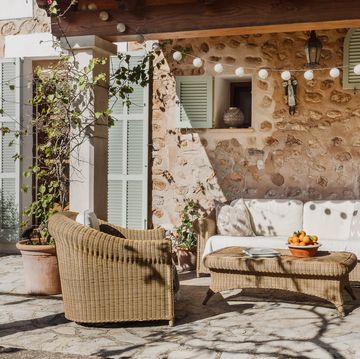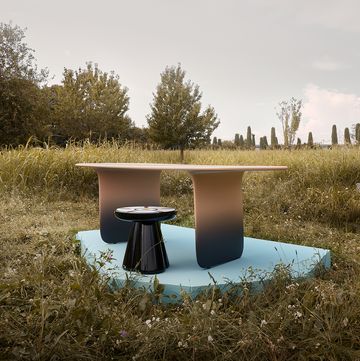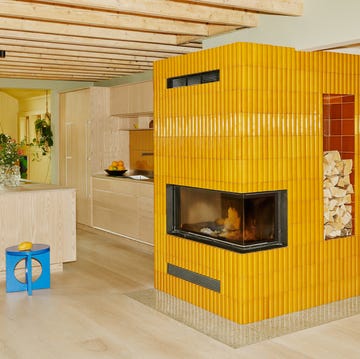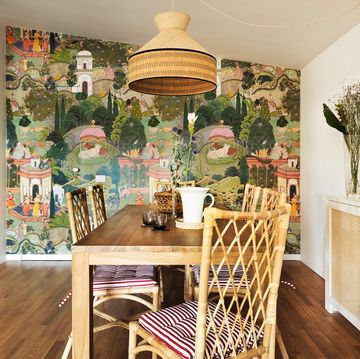It’s been more than a decade since the Made in MAARC cultural association began its quest to transform the Casa del Fascio of Como — a gem of rationalist architecture by Giuseppe Terragni built between 1932 and 1936 — into an international research center and a museum of 20th-century Italian architecture. Here, in the former offices of the National Fascist Party, they’ve imagined a cultural and academic hub extending into what was once the U.L.I. headquarters — an exemplary architecture by Cesare Cattaneo and Pietro Lingeri often overshadowed by the Casa del Fascio.
The proposal, which over the years has incited numerous debates, has garnered the support of figures and entities within the cultural panorama of Italy and beyond, including Peter Eisenman (who dedicated part of his doctorate thesis to the maestro), Alberto Ferlenga, Rafael Moneo, Maria Giuseppina Grasso Cannizzo, Benedetta Tagliabue, the Triennale Milano, the IUAV of Venice, and the Deutscher Werkbund.
After a missed opportunity to host the Italian branch of the Modern Archive of Mendrisio, in the latest Budget Law, one million euros were allocated for Palazzo Terragni, indicating it as a National Museum and thus at the expense of the Ministry of Cultural Heritage and Activities. So, with efforts already made to find a new home for the Financial Police now located within the former Casa del Fascio, the Museum project appears to gain momentum. Still, there are those who disagree. Attilio Terragni, the great-grandson of Giuseppe and an architect himself, took to the pages of the Corriere to criticize the choice. “The building wasn’t made to be a museum,” he explains, “and it’s only beginning from this consideration that we can really think about enhancing the building, which should host the city’s artistic and cultural associations, keeping it alive.”
Beyond the undeniable problem of transforming a building designed with other intentions into a museum, Casa del Fascio’s return to the spotlight inevitably brings back a longstanding question regarding the architectural heritage of the Fascist regime. The issue, recently addressed by the BBC for the architectures of Bolzano, sees an illustrious precedent in the editorial by Ruth Ben Ghiat for the New Yorker in 2017, sparking an international debate. “Why are so many fascist monuments still standing in Italy?” asked the professor of Italian Studies at New York University, raising a question many weren’t able to answer. The main accusations leveled against the researcher is that of condemning a good part of Italian architecture from those years to a damnatio memoriae, enacting an operation not unlike that which brought about the destruction of the Buddhas of Bambiyan in Afghanistan. The author behind this analogy was Fulvio Irace, architect and architecture historian, who in the pages of Sole24Ore, defined Ben Ghiat’s piece as “journalistic populism”, which risks ignoring the masterpieces of Fascist architecture. Instead, Irace proposes transcending a Manichean vision between good and evil, invoking a re-evaluation already considered by Vittorio Gregotti and later by historian Cesare de Seta in the ‘70s. Fascist or not, the architectures designed in those years are an “incontrovertible testament to the quality of an architecture.”
Often attributed to the Rationalist Movement, the architectures in question, more than the simple adherence to a historic category, are distinguished by the method that has made them true masterpieces. We’re talking, of course, about the civil and collective architectures that marked rural Italy’s entry into modernity, as Irace recalls. This is demonstrated by the Central Station of Florence, designed in the ‘30s by the so-called Gruppo Toscano, guided by Giovanni Michelucci; the Post Office and Telegraphs by Giuseppe Vaccaro for Naples; the Academy of Fencing by Luigi Moretti in the Foro Italico of Rome; onto the EUR and its Palazzo della Civiltà Italiana, the picturesque backdrop of the capital for Boccaccio ’70 by Federico Fellini. It’s also worth mentioning that Fascism never identified an official style in art or in architecture — as Manuel Orazi notes over at Rivista Studio — allowing all movements to express themselves. Even some of the best architects under Fascist rule didn’t support the regime’s ideology, like BBPR and Michielucci, who chose anti-fascism. Others, meanwhile, changed their mind, like Giuseppe Pagano, a proud Fascist who later became a staunch opponent of the regime, paying for his choices with his deportation to Mauthausen and eventually his death.
In a search to synthesize the question, well aware that fascist architecture isn’t solely Italian, but can be traced back to many architectures around the world — from the Trocadero in Paris to the monument for Lincoln — we realize that just like Monsieur Guillotin, whose name was forever attached to his most famous invention, the “fascist” label on Italian architectures will likely never fade. At times like this it’s worth noting the words of the late historian Philippe Daverio. In a 2008 episode of his show Passepartout, Daverio claimed that “Mussolini wasn’t the inventor of a style, but rather its product. A pop myth realized.”
